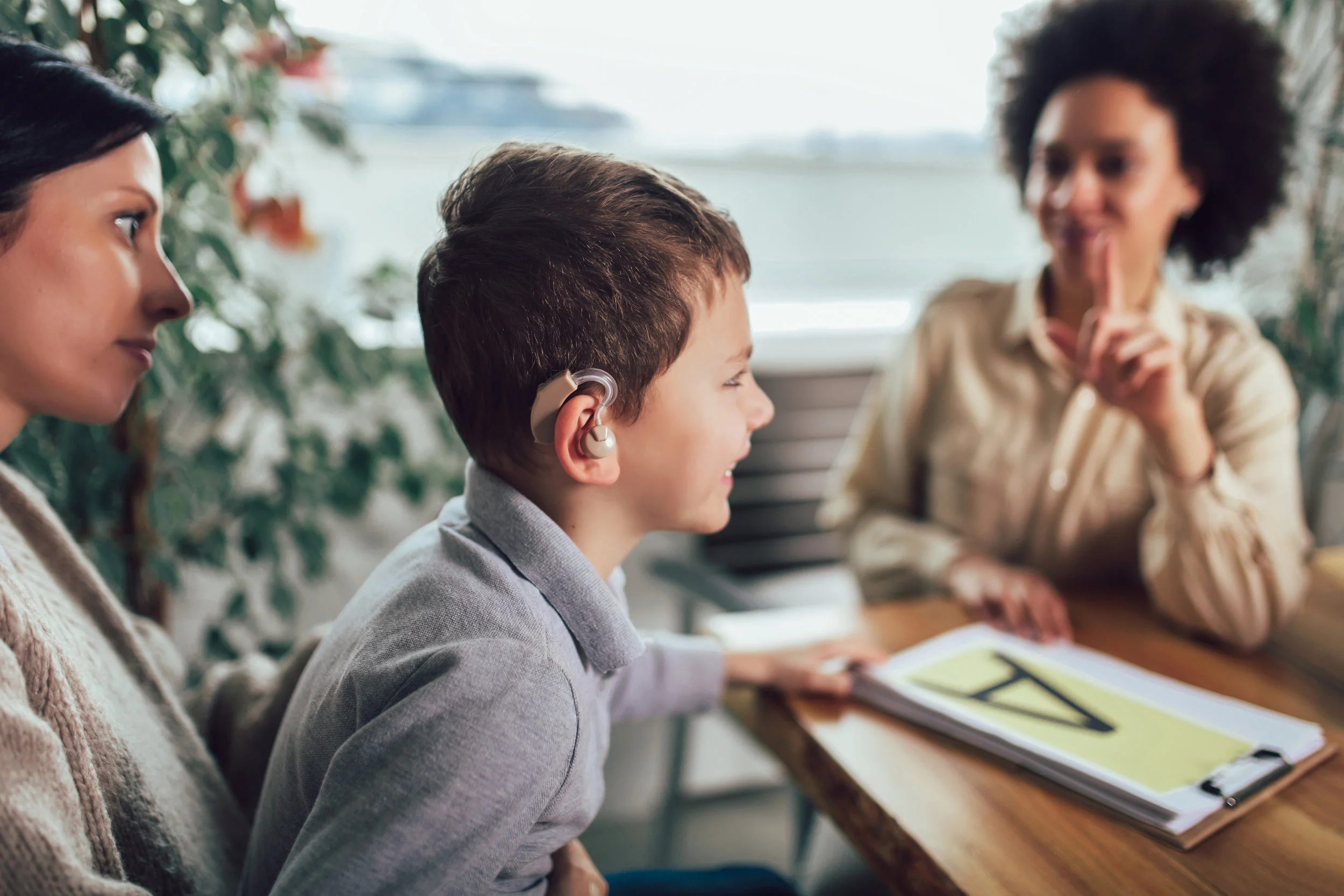At its best, human-centered design seeks to put the consumer at the center of everything with a holistic approach to meeting their needs. From communication to architecture, no factor should be off the table when considering strategies for hyper-targeting your audience.
The medical industry has been at the forefront of this philosophy — including products and services designed for the hearing impaired. Individuals affected by hearing loss are increasingly viewed not as patients, but for who they really are: people navigating the world, every day, with their own unique set of needs.
Here are three human-centered insights your business can learn from catering to this underserved market.
Emotional Product Design
Hearing aids are an absolutely essential technology for the hearing-impaired. However, that doesn’t mean the technology needs to be designed with utilitarianism in mind. That’s why companies like Incluse are creating hearing aids as sleek and aesthetically appealing as commercial tech products like headphones.
For your own business, it’s worth considering how you’ve been defining your products and services, and how the market has defined them, too. Are you giving the consumer exactly what they want? Or are you doing something simply because that’s the way it’s always been done? It’s worth taking a step back to reassess your customers at a purely human level — their wants, desires and dreams.
Related Content: Check out our blog post on how adaptive design principles are shaking up the world of fashion.
Environmental Factors
From large rooms to vaulted ceilings that echo, modern architecture largely does not take the hearing-impaired into account. The DeafSpace design movement, created at Gallaudet University, seeks to change that. This transformative design philosophy revolves around five core guidelines: space and proximity, sensory reach, mobility and proximity, light and color, and acoustics. Simply by considering the way that deaf people inhabit the world, DeafSpace lays out a groundbreaking new way to consider design.
It’s easy to take our physical space for granted. But it could pay dividends to look at your office or storefront to determine what message the design conveys, and whether it’s working as hard as it can to meet your customers’ needs.
Related Content: Learn more about emerging design currencies in forward-moving communities.
Empathetic Communication
When communicating with deaf individuals, there are several key methods for people who don’t know sign language to follow. These include staying in a deaf person’s visual field, simplifying body language, and letting deaf speakers take the lead. But most importantly, speakers need to remain conscious of deaf individuals’ condition and needs, and not put the onus on them to be heard.
As a thought exercise, consider how your business communicates with consumers. Are you meeting them halfway? Using the vocabulary they know? Serving as an empathetic sounding board for their needs?
Related Content: Read more for our insights on empathy and how putting customers front and center is the future of business.
How can an innovation agency help your organization?
Contact us and let’s discuss.


